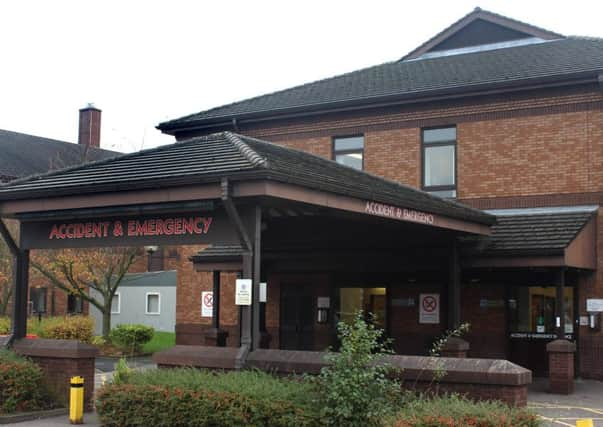A&E patients face shorter than average wait


Latest figures show only 6.3 per cent of patients had to endure a wait of more than four hours before being admitted, transferred, or discharged.
Only nine of the 45 hospital trusts in the northern region fared any better according to statistics issued by NHS England.
Advertisement
Hide AdAdvertisement
Hide AdA 93.7 per cent performance rate by the Lancashire Teaching Hospitals NHS Foundation Trust is still below the Government target of 95 per cent. But with only six northern trusts achieving that figure, the results at the Royal Preston and Chorley and South Ribble A&E units compare favourably as winter pressures on hospitals intensify across the country.
The NHS England figures show 11,006 patients visited A&E in Preston and Chorley in October. Of those 10,312 were dealt with inside four hours. The national average was 88.6 per cent.
The statistics come at a time when NHS research body, the Nuffield Trust, is warning that health services will struggle to cope over winter because of high bed occupancy rates and a lack of funding.
Many hospitals are experiencing problems discharging patients who are considered medically fit to go home but don’t have adequate support in place.
Advertisement
Hide AdAdvertisement
Hide AdTrust chief executive Karen Partington said: “We are committed to providing excellent care with compassion for all of our patients, and the staff in our emergency departments continuously strive to treat, admit or discharge all of our patients within the four hour standard.
“We are pleased to report that we have achieved the standard for the year so far; however 2015 has been an extremely busy year. Since August this year we have seen an increase of 2,025 patients coming to our emergency departments, which is a five per cent increase.
“We have introduced a new process designed to improve patient flow throughout our hospitals.”